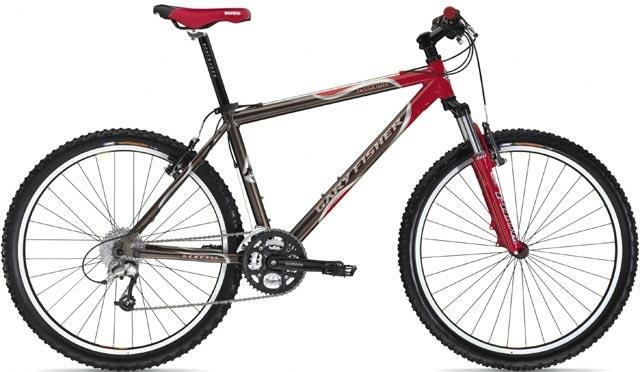
HARDTAILS
– ARE THEY STILL A THING?
What a stupid question! Of course they are! Anyone who has moved from a hardtail mountain bike to a full sus knows that there are quite obvious differences but that the lessons learnt on a hardtail are invaluable.
Words by Shayne Dowling.
Image by Holde Schneider
Yes a full suspension bike is far more comfortable and there are tons of reasons to have a rear shock but actually most riders will have benefitted from starting their MTB journey on a hardtail. How so? Well let’s have a closer look.
Hardtails came first! Most, if not all, MTB pioneering was done on a “dikweil”, hardtail, bike that had absolutely no suspension. The bikes were heavy, solid machines that were robust and primarily had either hub or block brakes. The bikes weren’t initially built for performance but were either customized commuters or purpose built bikes that emphasized build-endurance and durability. As the pastime that had primarily been gravity or cross-country based became more and more popular so the bike designs started to develop. My first off-road bike ride was on a 26” Giant hardtail that boasted rubber booted front “shocks” – they were shocking… but hey it got me up and down Tokai and I fell in love with the sport.
My next bike was lent to me by a friend, Kevin Dore who was in training for the Epic and had upgraded. “Use it for as long as you like” he said nonchalantly. A 26” Gary Fisher hardtail. I mean Gary Fisher was a legend, he practically invented the mountain bike – stoked! The bike was heavy but it had solid components, ran a 3 x 7 (21 speed wow!) setup and a proper front fork! I had the biggest smile - despite following all my mates around on their full sus bikes! So what did I take away from my early beginnings on a hardtail? Simple – I always looked for the best lines! Always! 26” wheels, no dropper and a solid rear ensured that if you didn’t ride smooth, get skilled up, you were sure to end up on your ass – or worse – at the orthopedic surgeon with a broken collarbone.

The hardtail certainly taught me about using my weight optimally, getting set up correctly with little room for error. Gnarly tracks made you appreciate your choice grips and saddle, getting over the back wheel and the importance of good chamois! Corrugations on those long district roads were a nightmare but still better than a gravel bike – your tyres and the pressure were and are of massive importance on the hardtail.
" I always looked for the best lines! Always! 26” wheels, no dropper and a solid rear ensured that if you didn’t ride smooth, get skilled up, you were sure to end up on your ass... "
Hardtails are also a lot cheaper – to buy and to run! Yes you need to service your fork and drivetrain but there is still a saving: no rear shock (duh), less pivots mean less bearings, less to go wrong. Oh and in most cases a hardtail is lighter. Power is transferred directly to the rear, no bob so optimum use of energy, this means better climbing – which is why on certain XCO courses you will still see the pro’s using hardtails. I will hasten to add that modern shocks are brilliant and the minimum energy loss is well eclipsed by the positives of a full sus rig. You can almost always have two water bottles – bonus!
Most of our single tracks and trails are really well maintained and pretty much “manicured” - right around the country - which means that there is no reason not to consider a hardtail! With 29” wheels and a dropper post these bikes are brilliant options for most weekend warriors! If you aren’t too heavy and opt for the full carbon frame you will be running a superlight setup which may even see you changing your seeding next time you line-up in a chute. Hardtails are certainly still relevant and most definitely are a great option, particularly when getting into mountain biking. In fact it’s like your new car, once you have it you start seeing all the same cars as yours. Start looking around and you will see that there are a lot of hardtails out there, doing the job just fine!
Check out this video of the “Klunkers”, the pioneers of what we ride today. Tough guys that come across more like surfers than some of the intense lycra clad folk who have forgotten the essence of riding in the mountains! Look out for the interview with a very young Gary Fisher,who is considered one of the inventors of the modern mountain bike!
back to top